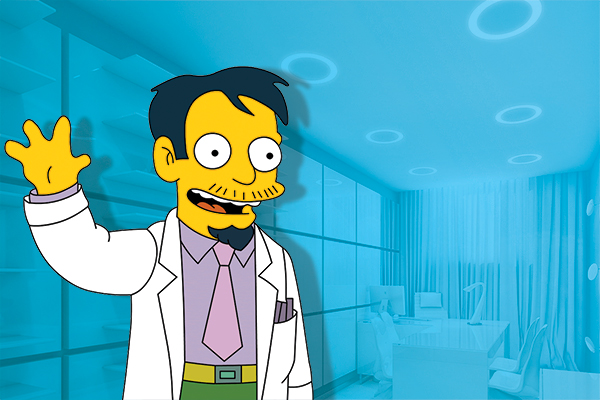Hi Dr. Nick | Issue 12
Suicide and self-harm
For the last year and a half I’ve spent my chunk of this fine publication mixing health advice with bad puns and needlessly obscure, protracted similes. Like a homophobic English professor lecturing on the undertones of Othello, there’s one theme I never wanted to discuss, too. This column was created to tackle issues relevant to young adults regardless of their tabooity or stickiness (see also: STIs, diarrhoea), but there’s a youth health column that, until now, never saw the light of day because the subject itself was too dark. Let’s crack open that can of worms now: let’s talk suicide and self-harm.
One of the psychiatrists I worked with had three key messages around suicide: 1) Suicide is a permanent solution to a temporary problem, 2) Not all suicide is preventable, but most could be prevented, and 3) Self-harm is never “just” attention seeking.
Around 500 people deliberately kill themselves each year here in New Zealand. That’s more than one per day on average, and only includes the ones we know were suicide. Around 100 youth (15-24 years) suicides occur every year making it the second-most leading cause of death in the age group. Men are around three times more likely to commit suicide than women.
The biggest risk factor for suicide is mental illness, particularly mood disorders, substance use, anxiety disorders, eating disorders and antisocial behaviours. Mental illness is suspected in between 80 and 100 per cent of suicides, with depression being the most commonly found. Though depression increases your risk of suicide 20-fold, only a minority of people with depression commit suicide (lifetime risk of four per cent).
As we talked about last week, society doesn’t handle mental illness well and we’re taught to hide it away. It doesn’t take two paragraphs of statistics to tell you that suicide is going to be a big problem when we don’t handle mental illness well.
By-and-large, most mental illness is episodic. Even heavily pervasive depression tends to be transient, relenting with appropriate support and time. In this way, the biggest risk factors are temporary problems – awful problems that may feel inescapable and endless at the time, but ones that can pass. Suicide is often described as an “escape,” and in dark times people tend to romanticise the idea of relief from it all by death.
As a society, we need to be offering better forms of relief. We need to actively take steps to encourage mental wellbeing and support people through episodes of mental distress. We need to address the elephant in the room and open ourselves to the idea that the answer to, “how are you?” isn’t always “good, thanks.” We also need to realise just how serious self-harm is.
Self-harm is incredibly common. Scarily so. The stats we have on it are not even the tip of the iceberg. Around seven people are admitted to hospital for self-harm every day which is frightening for two reasons. The first because of how intense those injuries must be, and the second because of how many more people harm themselves without need to be hospitalised to recover.
Cutting, burning, hitting, overdosing. No matter what the method, no matter what the severity, no matter how successful the attempt was likely to be, no matter how much you think they’re just “attention seeking,” self-harm is serious. It’s one of the biggest predictors of future suicide: up to two-thirds of people who commit suicide have attempted it before. There’s no such thing as “safe” self-harm.
Next week we’ll be back to dick jokes and light-hearted health advice about haemorrhoids or something, but my message this week is no laughing matter: treat suicide seriously and please speak to somebody early if it ever creeps into your mind.



